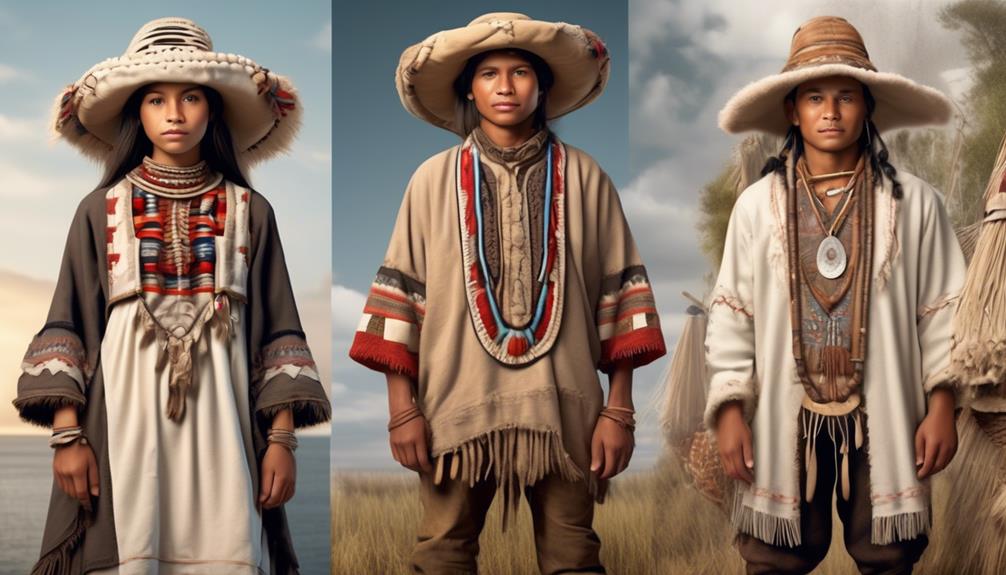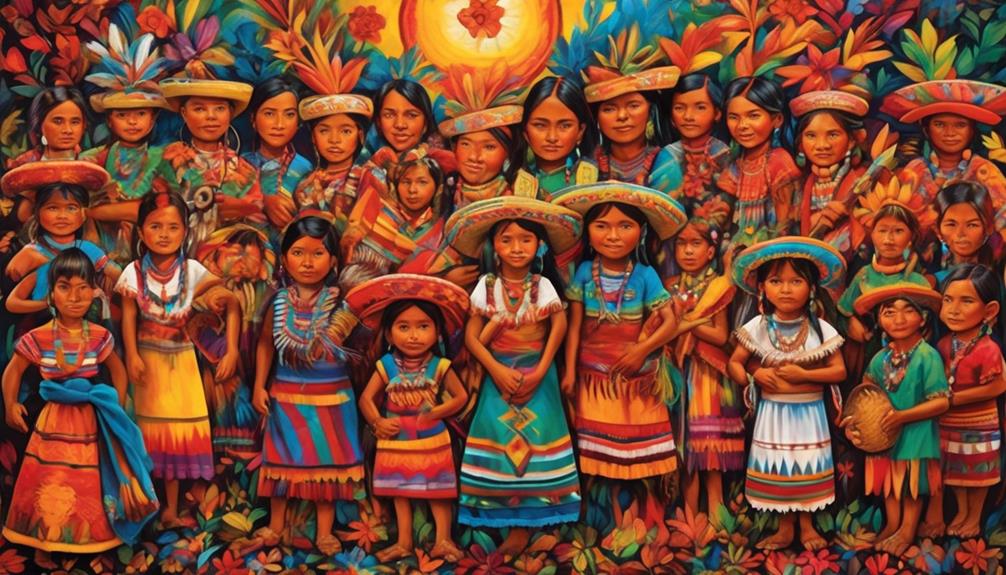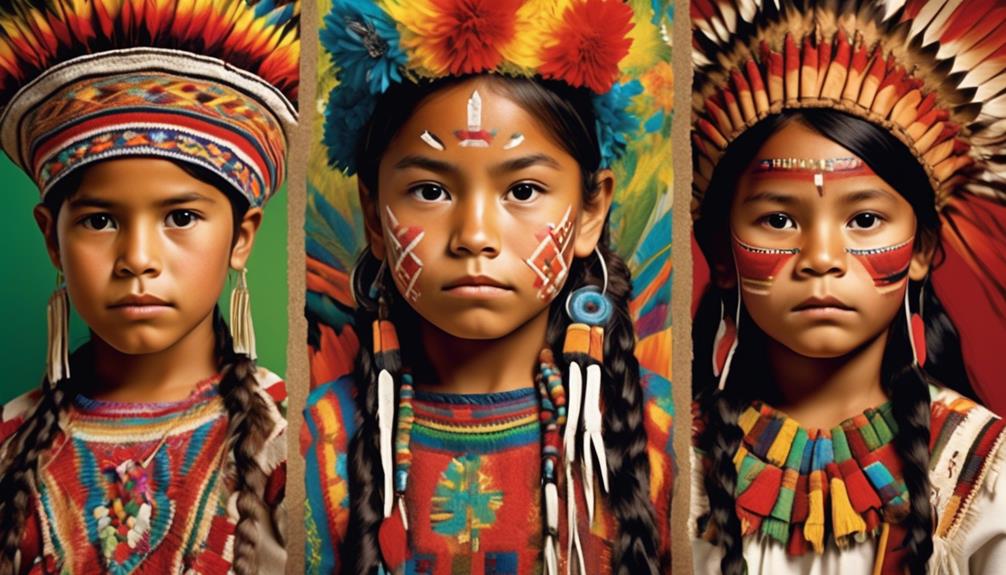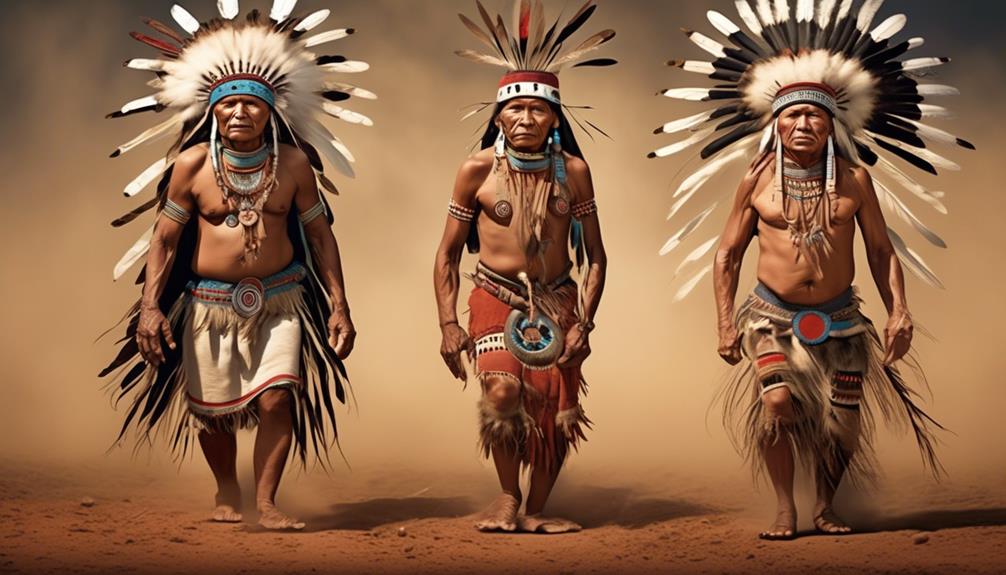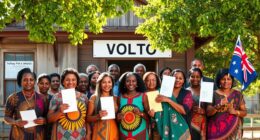Have you ever considered the differences in culture between Indigenous peoples and European settlers?
One of the most significant differences lies in their perspectives on land ownership. European settlers often viewed land as a commodity to be bought, sold, and divided, while indigenous peoples saw the land as a sacred entity that belonged to the community as a whole.
This fundamental distinction in their attitudes towards land ownership had far-reaching implications for their ways of life and interactions with each other.
Key Takeaways
- European settlers viewed land as a resource to be owned and exploited, while Indigenous peoples practiced land stewardship and viewed the land as a living entity that required care and respect.
- Indigenous agricultural practices were rooted in sustainability and focused on maintaining soil fertility through natural means, while European settlers often employed intensive agricultural techniques that could lead to environmental degradation.
- European settlers brought the concept of individual ownership, disregarding the communal land use systems of Indigenous peoples, leading to displacement and marginalization.
- Indigenous peoples had a spiritual connection to nature, viewing themselves as stewards of the land and engaging in rituals and ceremonies to honor the land and its resources, while European settlers often viewed the land as a commodity for economic gain.
Land Ownership Perspectives
When comparing the land ownership perspectives of European settlers and Indigenous peoples, it's evident that significant differences arose due to contrasting cultural, legal, and spiritual understandings of land and its use.
European settlers viewed land as a resource to be owned, exploited, and profited from. This perspective led to a focus on resource management, where the land was divided, bought, and sold for economic gain.
In contrast, Indigenous peoples practiced land stewardship, viewing the land as a living entity that required care and respect. Their approach was rooted in sustainable practices, ensuring that resources were managed in a way that preserved the ecosystem for future generations.
The European settlers' legal framework regarding land ownership was based on the concept of individual property rights, leading to the privatization and commercialization of land. This approach contrasted sharply with the communal and collective ownership models of Indigenous peoples, where land was often held in common for the benefit of the entire community.
Additionally, the spiritual connection to the land was profound for Indigenous peoples, shaping their understanding of land ownership and guiding their land stewardship practices.
These differences in perspectives on land ownership continue to influence modern environmental policies and resource management approaches.
Agricultural Practices
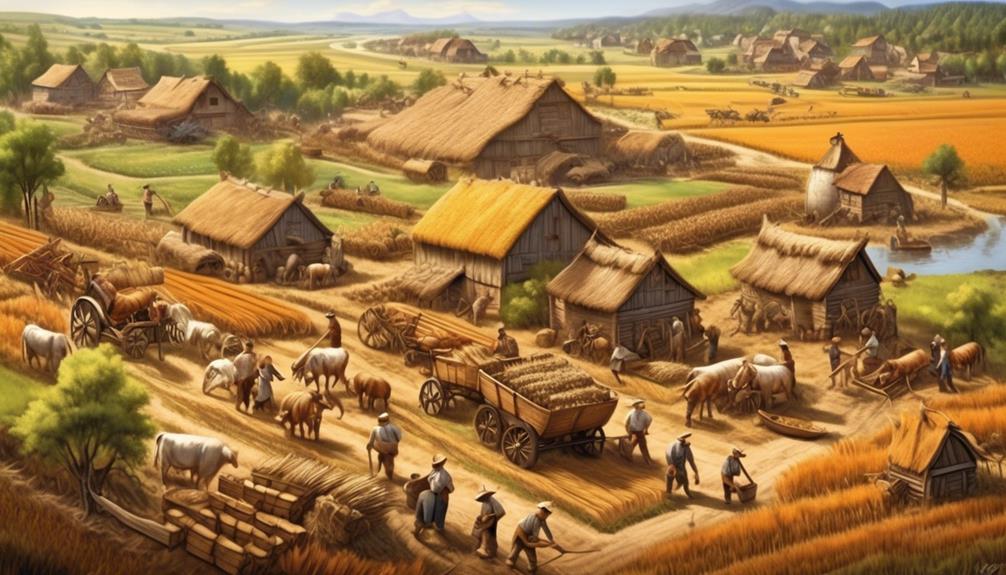
The differing perspectives on land ownership between European settlers and Indigenous peoples also significantly influenced their agricultural practices. This dissimilarity is evident in the following ways:
- Traditional Techniques: Indigenous agricultural practices often revolved around traditional techniques that were deeply rooted in sustainable farming. These methods were developed over generations and focused on maintaining the delicate balance of the ecosystem.
- Crop Rotation: Indigenous communities practiced crop rotation, a method where different crops were planted in a specific sequence to maintain soil fertility. This practice helped prevent soil depletion and allowed the land to remain productive for extended periods.
- Soil Fertility: Indigenous agricultural practices prioritized maintaining soil fertility through natural means such as composting, mulching, and using organic materials. This approach aimed to work in harmony with the land, ensuring its long-term productivity and health.
- Environmental Impact: Unlike the European settlers who often employed intensive agricultural techniques that could lead to environmental degradation, Indigenous agricultural practices generally had minimal impact on the environment, promoting a sustainable and balanced relationship with the land.
Concept of Property Rights
Considering the differing perspectives on land ownership, the concept of property rights played a pivotal role in shaping the interactions between European settlers and Indigenous peoples. European settlers brought with them a concept of individual ownership, where land could be bought, sold, and passed down through inheritance. This contrasted sharply with the Indigenous peoples' view of communal land use, where land was collectively held and managed for the benefit of the entire community. The clash between these two fundamentally different approaches to property rights led to significant misunderstandings and conflicts.
The European settlers' emphasis on individual ownership meant that they sought to establish formal deeds and titles to land, often disregarding the communal systems that Indigenous peoples had in place. This led to the displacement and marginalization of Indigenous communities as their traditional territories were taken over without their consent. Additionally, the imposition of individual ownership disrupted the Indigenous peoples' way of life, which was deeply interconnected with the land and its resources.
The divergent views on property rights therefore created enduring tensions and contributed to the broader history of colonization and dispossession.
Spiritual Connection to Nature
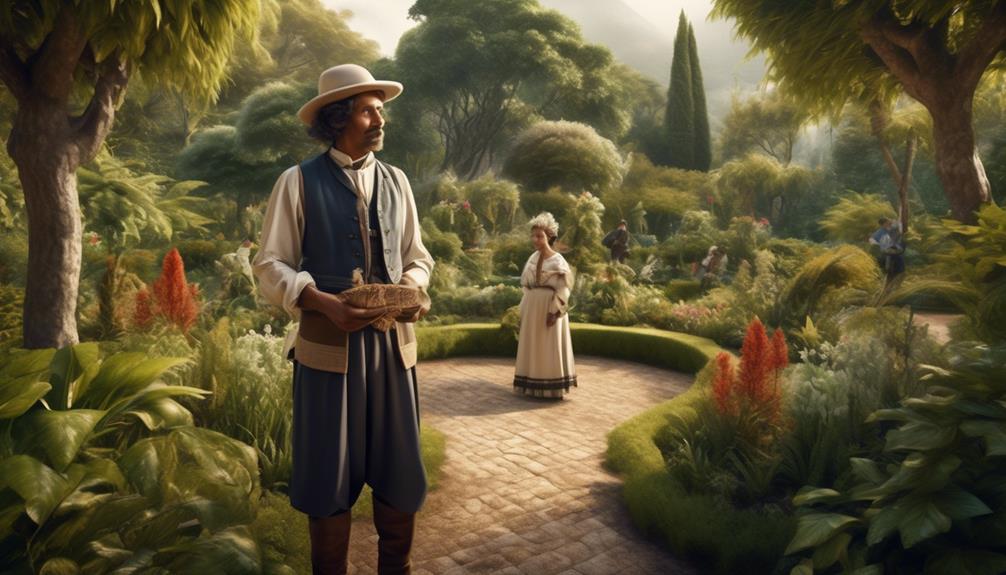
The spiritual connection to nature held by Indigenous peoples was integral to their cultural and social identity, guiding their sustainable practices and deep reverence for the natural world. This connection differed significantly from the European settlers' perspective, as it was deeply intertwined with their environmental stewardship and sustainable living practices, shaping their entire way of life.
- Environmental Stewardship: Indigenous peoples viewed themselves as stewards of the land, responsible for its protection and preservation for future generations. This perspective contrasts with the European settlers' exploitation of natural resources for profit.
- Cultural Rituals: Indigenous peoples engaged in rituals and ceremonies that honored the land and its resources, reinforcing their spiritual connection to nature. In contrast, European settlers often viewed the land as a commodity to be bought, sold, and exploited for economic gain.
- Sacred Landscapes: The natural world was considered sacred, with specific landscapes holding deep spiritual significance for Indigenous peoples. In contrast, European settlers saw land as a means for expansion and economic growth, often leading to its degradation.
- Sustainable Living: Indigenous communities practiced sustainable living, utilizing resources in harmony with nature's cycles. In contrast, European settlers often pursued unsustainable practices, leading to environmental degradation and resource depletion.
Community Versus Individualism
Indigenous communities prioritized collective well-being and interdependence, fostering a strong sense of unity and mutual support in contrast to the individualistic pursuits often favored by European settlers. This fundamental difference in social dynamics and cultural values shaped the societal structure of each group.
Indigenous societies placed significant emphasis on communal decision-making, where the welfare of the entire community took precedence over personal autonomy. In contrast, European settlers valued personal autonomy and individual achievement, leading to a societal structure that revolved around competition and personal success.
The Indigenous approach to community versus individualism fostered a deep sense of belonging and solidarity, with each member playing a vital role in the well-being of the group. On the other hand, European settlers' focus on individual pursuits often led to a more fragmented and competitive society.
These differing cultural values continue to influence modern societies, impacting everything from social policies to economic systems. Understanding and appreciating these distinctions can offer valuable insights into the complex tapestry of human history and societal development.
Frequently Asked Questions
How Did the European Settlers View the Concept of Land Ownership in Comparison to Indigenous Peoples?
When considering land ownership, the cultural perspectives of European settlers and indigenous peoples differed significantly. European settlers viewed land as a commodity to be bought, sold, and owned individually.
In contrast, indigenous peoples often held communal views of land, seeing it as a shared resource to be used collectively.
This contrast in perspectives on land ownership reflected deeper differences in societal values and relationships to the land.
What Were the Traditional Agricultural Practices of Indigenous Peoples and How Did They Differ From Those of European Settlers?
Traditional farming and land management practices of Indigenous peoples were rooted in sustainability. Indigenous agriculture focused on diverse, intercropped fields, incorporating natural fertilizers and irrigation methods.
In contrast, European settlers implemented monoculture and extensive land clearing, often leading to soil degradation. These differences highlight the Indigenous emphasis on maintaining the balance between human needs and environmental preservation, a perspective that differed significantly from the European settlers' approach.
How Did the Concept of Property Rights Differ Between European Settlers and Indigenous Peoples?
Property rights and land ownership differed significantly between European settlers and Indigenous peoples.
The settlers viewed land as a commodity to be bought and sold, while Indigenous peoples saw it as sacred and held communal ownership.
This contrast in perspectives led to conflicts over territory and resources.
The settlers' individualistic approach clashed with the Indigenous peoples' communal values and spiritual beliefs, shaping the differing cultural attitudes towards property and land ownership.
What Were the Spiritual Beliefs and Practices of Indigenous Peoples in Relation to Their Connection to Nature?
In our understanding, the spiritual beliefs and practices of indigenous peoples were deeply intertwined with their connection to nature. Their spirituality was rooted in a profound respect for the natural world, often viewing nature as a living entity.
This perspective guided their spiritual practices, rituals, and customs, emphasizing harmony and balance with the environment. Such reverence for nature contrasted starkly with the more exploitative and dominative attitudes towards the environment held by European settlers.
How Did the Community-Oriented Values of Indigenous Peoples Contrast With the Individualistic Values of European Settlers?
Community values of indigenous peoples contrasted sharply with the individualistic values of European settlers. While indigenous cultures prioritized cooperation, shared responsibility, and communal decision-making,
European settlers emphasized self-reliance, personal achievement, and individual rights. This fundamental difference in social organization and value systems often led to misunderstandings and conflicts between the two groups,
shaping the course of history in the Americas.
Conclusion
In conclusion, the diverse cultural perspectives of European settlers and indigenous peoples shaped their interactions with the land, property, and community.
These differences in land ownership, agricultural practices, property rights, spiritual connection to nature, and community values highlight the richness of human cultural diversity and the importance of understanding and respecting different worldviews.
Embracing these differences can lead to a more harmonious and inclusive society.
